MEDIA SNAPSHOT
During 2008, the number of things connected to the internet exceeded the number of people on earth.
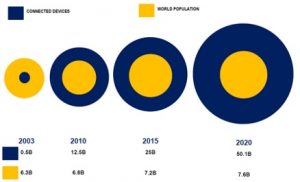
The Internet of Things, or IoT, refers to the billions of physical devices worldwide connecting to the internet, all collecting and sharing data. (Ranger, 2020)
On the technical aspect, IoT refers to intelligently connected devices and systems to leverage data gathered by embedded sensors and actuators in machines and other physical objects. (Understanding the Internet of Things, 2020)
In summary, IoT is an interconnection between physical (material things) and virtual things (information world) interconnected with the internet and devices that can be identified and integrated into communication networks.
DID YOU KNOW THE FIRST IOT DEVICE WAS INTRODUCED BACK IN 1912?
The first IoT device introduced was the telemetry system, rolled out in Chicago, where the function is to have used telephone lines to monitor data from power plants.
Then it was expanded to radiosonde and aerospace telemetry in 1390 and 1957.

The fact, IoT was introduced in 1912. However, the words IoT are not globally used since the limitation of technology has led to the delay of the term “IoT.”
IoT keeps growing today with the billions of physical devices connected and communicated over the internet.
The use of IoT seems to be the immense market demand with the expectation of 50billion devices connected over the internet in the year 2020.
6 reasons why IoT are improtant now

Contect is captured from (Marco, 2020)
- UBIQUITOUS CONNECTIVITY
Ubiquitous connectivity is the open link between connectivity to everything, everywhere, and any time. The idea is to make sure everything is connected while increasing communication and performance. But, unfortunately, due to the electrical device being built from multiple manufacturers, in different platforms, with divergent protocols, it is hard to connect them so they can communicate. Thus ubiquitous connectivity makes them possible to communicate with each other.
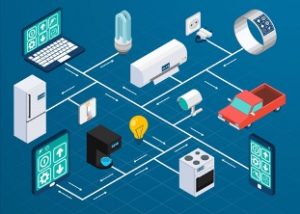
Source (Robert, 2019)
2. WIDESPREAD ADOPTION OF IP
IP has become the dominant global standard for networking, providing a well–defined and widely implemented platform of software and tools that can be incorporated into a broad range of devices quickly and inexpensively. Previously, we relied on IP4 to provide an address for the connected device. However, IP4 has nearly reached its optimum address capacity. Therefore, with a new version of the IPV6, the number of things connected over the internet has increased.

Source (The Internet Protocol and IP Address, 2020)
3. COMPUTING ECONOMICS
Computational economics is a field of economic study at the intersection of computer science, economics, and management science. With IoT, connected devices can share their data with another side using the Internet. They can also upload their data to an external database which later can be viewed by a responsible party for an economic purpose such as marketing or predicting future trends.
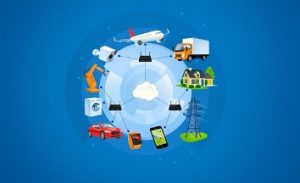
Source (Ken & Mahesh, 2019)
4. MINIATURIZATION
Miniaturization is the trend to manufacture ever-smaller mechanical, optical, and electronic products and devices. It is like computer capabilities in a small factor of form such as pen drive size. Thus, it becomes possible for people to use a powerful tool in a smaller size factor. Such examples include miniaturization of mobile phones, computers, and vehicle engine downsizing.
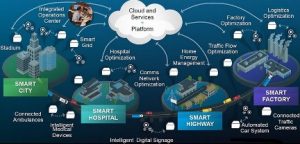
Source (Dr., 2016)
5. ADVANCE IN DATA ANALYTICS
Data analysis is a process of inspecting, cleansing, transforming, and modeling data to discover useful information, informing conclusions, and supporting decision-making where been adopted in high demand. Because IoT depends on the Internet, thus it becomes possible for the data to be collected and analyzed for future reference.

Source: (David, 2017)
6. RISE OF COMPUTING
The advances in technology and computing compared back in 19++ have put these industries in demand. The new technology such as IoT, Cloud Computing, Big Data, AI, VR, UX, and relevant fields has brought the technology to the world’s top demanded field. Moreover, with connected devices install in our surrounding environment, the power of computing can be shared among these devices. Thus, these devices can analyze or predict the following action based on the collected data.
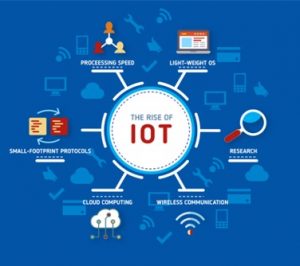
(Peter, 2019)
WRAP UP
IoT is an exciting concept that generates many new possibilities in the form of utilities and developments. IoT is an inclusive term with only very generic criteria for postures or concrete solutions based on how detailed you look. Information Technology and control systems vendors are taking advantage of the opportunity to have new hardware devices as the Internet of Things continues to grow. As the number of devices increases, more technology will be expected for both the user (e.g., home and car) and industrial settings. Foresee that the near future will be entirely in sync with IoT. New clustering of remote programming and hardware technologies are required to identify the challenges of IoT.

